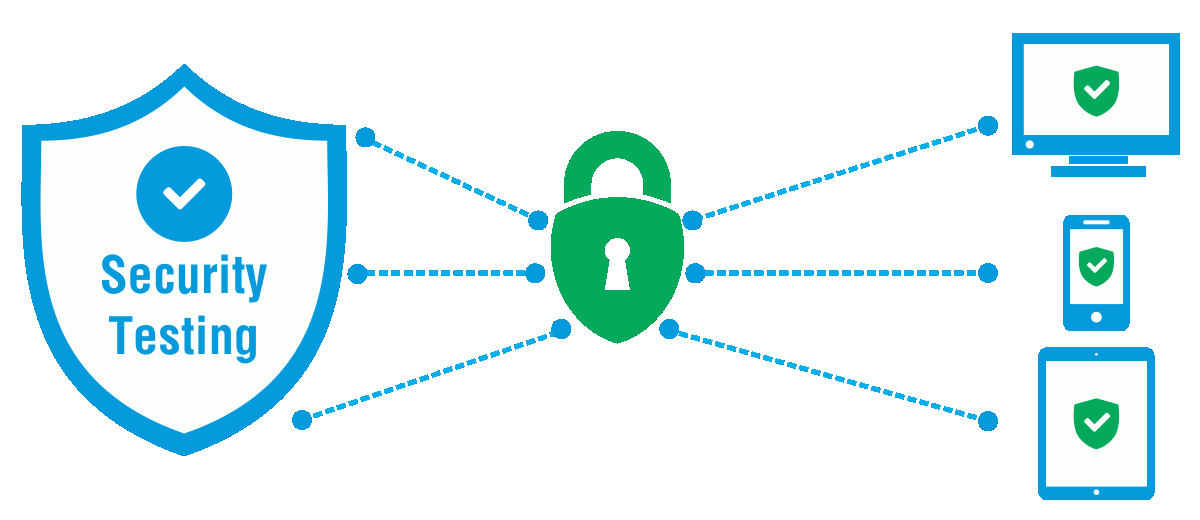Best practices for automating Security Tests

As the number of risks in the virtual world has increased, security testing has become an important need now. Usually, security testing will be conducted soon after the application has been delivered. The application is then tested for its flaws and authentication. The results cannot always be perfect. Even after security testing, results could be inadequate and can culminate in disrupting the application.
The latest software testing training in Cochin is also teaching advanced methods to students that can help them to oversee the process of automation testing. If you are keen on developing a career as a software tester, it is important that you learn everything about the industry and its testing operations from a leading education center which gives the best software testing training in Kerala that can offer highly competent software performance testing lessons.
The world of software is run by DevOps now. The testing is executed simultaneously with the development since there has been a change in the development lifecycle. To balance the security testing needs, the core forte of DevOps has been integrated with DevSecOps which has evolved to balance the security testing needs. This is done within the security testing process itself. This makes everyone responsible for ensuring security because, in this model, security tests are done within the development and deployment pipelines. Automated tests which are rooted in the life cycle, helps the security flaws to be identified before the application gets released. This resulted in the development of various tools and technologies to deliver security testing at its best.
Given below are some best practices of security testing :
- Automate security tests: automation of security tests somewhat resembles the automation of functional or performance tests. The automation of the security tests should be fragmented into functional security tests such as password generation, authentication, and specific non-functional tests against known strengths, weaknesses, and security scanning of the application, infrastructure, and security testing application logic.
- Select the right tool: The execution of DevOps can be boosted with the help of several tools and technologies available in the market. With the right combination of DevOps, security testing, and automation, there is a critical need to choose the right tool for execution.
- Test for Liability Disruption: To get the application prepared for all possible outbreaks is the main idea of automating security tests. It is important to use the right tools and frameworks for an outbreak while outlining the aims and approaches. Automation frameworks get better with improved test cases over time. Investing in building a vigorous framework for security testing is certainly valuable for an enterprise or team. A comprehensive Automated Security Testing strategy can help in securing the business-critical application.